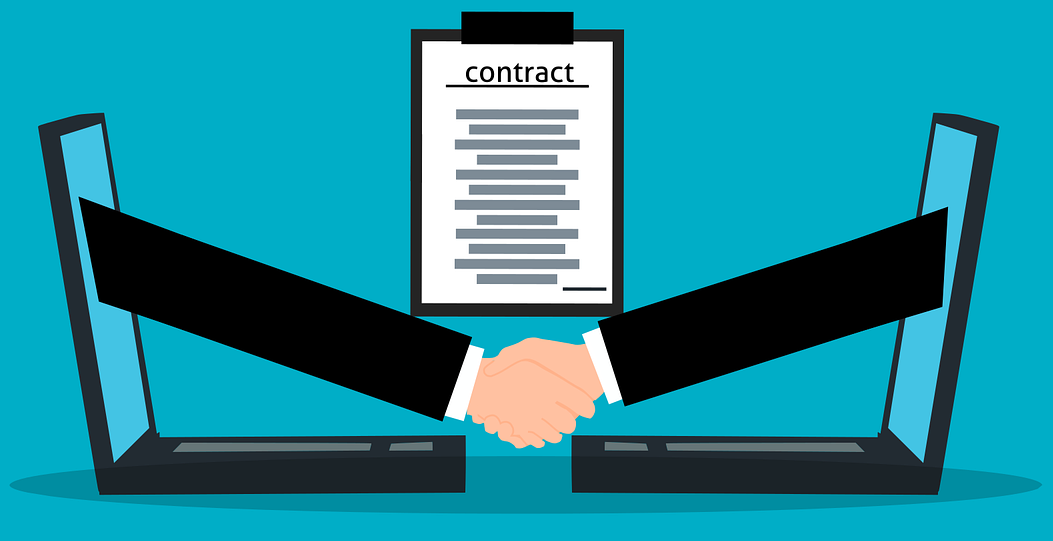Standards documents, also known as technical documents, specify guidelines to produce, manufacture or operate products within a specific industrial or commercial environment. Therefore, if you are a manufacturer or creator of a standards document, maintaining its integrity is paramount to the success of your business.
Internationally, there are hundreds of various standardization bodies. However, they all have different publishing standards, formats and recognitions by trade and international bodies. Since standards need to be developed and distributed, the activities come at a price that commands a cost. Within the formal standards world, there are several national member bodies. Members of these parties typically receive a discount on purchasing standards. That is why standards bodies must safeguard their revenue streams when creating copies of their publications, including technical data, methodologies, and materials. Since electronic documents are easy replicated, they come with a massive problem around data security.

Contents [show]
What comprises standards documents?
As the term suggests, standards are a kind of a formula that delineates the right way of doing or performing something. So, for instance, if you have created a product, managed a process, delivered a service or supplier materials, standards documents comprise these activities and more. Standards documents are relevant for trade associations, sellers, buyers, clients, manufacturers, regulators or users. Some types of standards documents are:
- Quality management standards that can help produce efficient work and Down product failures.
- Environmental management standards that assist in decreasing environmental impacts, reducing waste and presenting sustainable activities.
- Health and standard safeties are useful in reducing accidents in the workplace.
- Energy management standards that help in cutting down energy consumption.
- Food safety standards that assist in preventing food from being contaminated.
- IT security standards that help in keeping sensitive data secure.
Importance of data security in standards documents
Today, more than ever, maintaining the integrity and security of standards documents is imperative. That is why it is essential to know about the significant risks and costs companies face when sharing these documents. For example, sharing standards documents can allow unintended users to attempt to access the information. Or it could enable authorized users to edit the data and resell it. It could also introduce a breach for uploading malware and corrupting the data. Therefore, protecting standards documents as a whole must be a priority to prevent the compromise of sensitive information in it.
PDF DRM solutions focus on safeguarding PDF standards documents to ensure secure document sharing. That’s because standards makers need a commercially viable approach to deliver their standards documents electronically to their members and customers with ease and confidence that the data will not be altered, modified or redistributed illegally. Since PDF documents are easy to access and break into (even if they are password-protected), it is critical to introduce DRM controls to eliminate loss of sales income. Hence, the only way to ensure the security of standards documents is through PDF DRM encryption which ensures that documents are only made available to authorized members and are subject to additional usage controls.
Role of PDF DRM in securing standards documents
PDF digital rights management [PDF DRM] ensures that standards documents are shared only with the intended users and cannot be pirated. It enables publishers to sell and distribute standards securely while retaining full control over how they can be used. For example:
- Preventing printing or allowing only degraded printing
- Enforcing permanent and dynamic watermarks displaying user identifiable information
- Preventing editing
- Stopping copying
- Preventing screenshots
- Enforcing expiry
When protecting standards documents with PDF DRM, you can restrict document access only to authorized users or members permitted to access the data. Documents are locked to devices so they cannot be shared and optionally you can enforce that they can only be viewed in certain locations. That means, even if the user attempts to copy or forward the protected standards documents to a non-authorized system, the document will not open.
Managing confidentiality with PDF DRM
Given the nature of sensitive information present in standards documents, which need to be distributed to a large subscriber or member database, PDF DRM is the only proven way of protecting these documents against outside threats and controlling how members access and use them.
PDF DRM solutions give standards publishers the confidence of sharing documents securely knowing that the risk of the data being leaked, ending up in the wrong hands, or available for free on the Internet is essentially eliminated. Standards organizations both big and small can protect their revenue streams with PDF DRM, giving secure document access to their member base.




